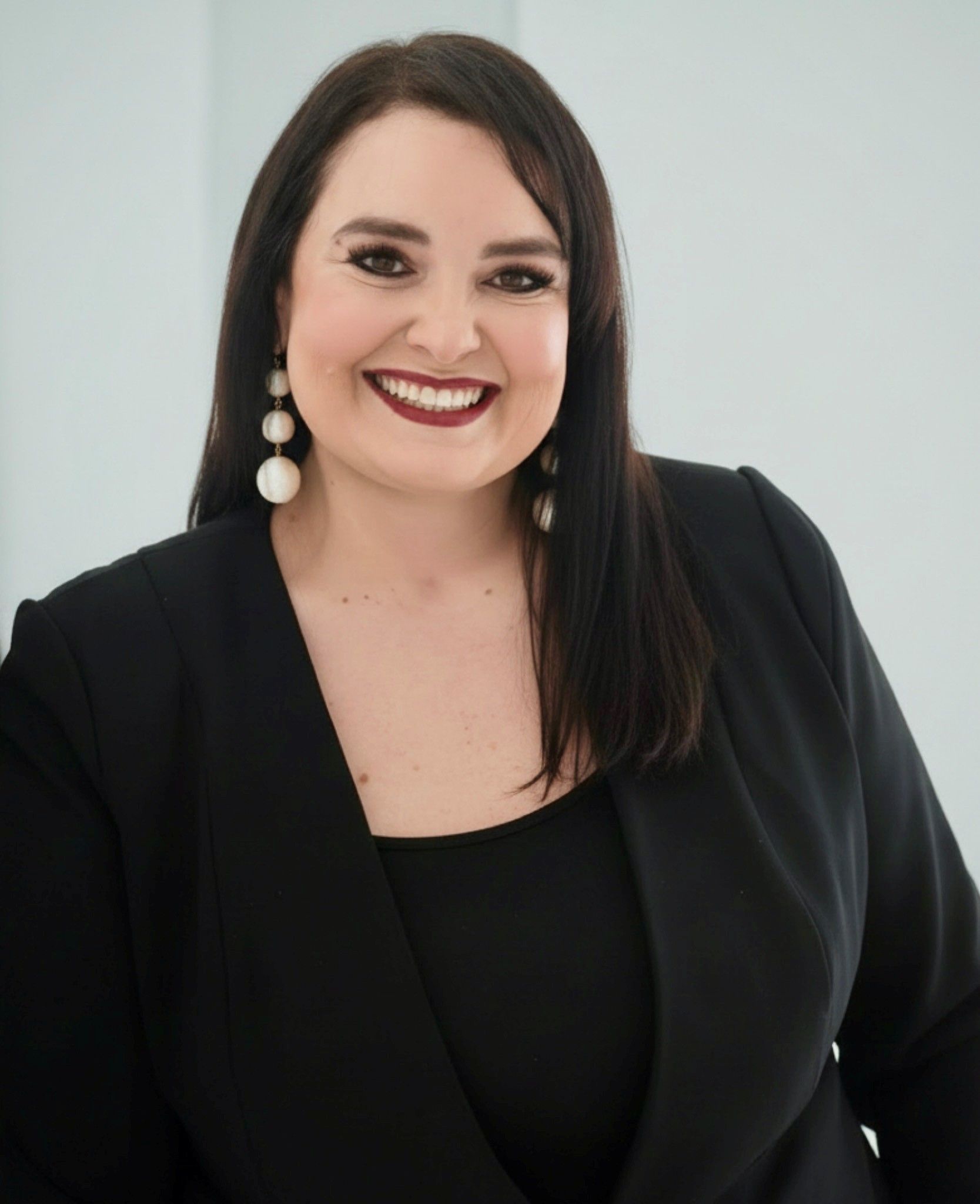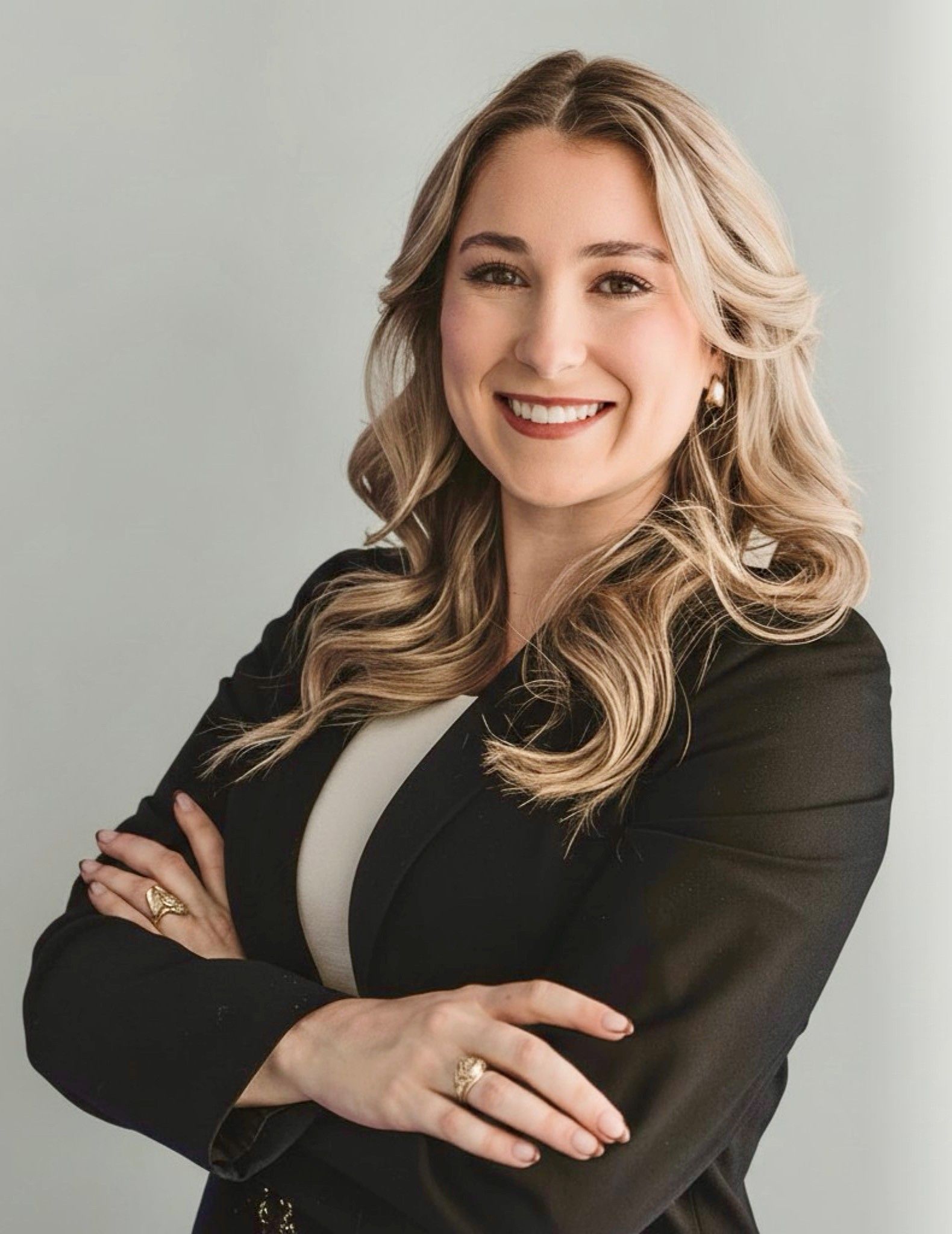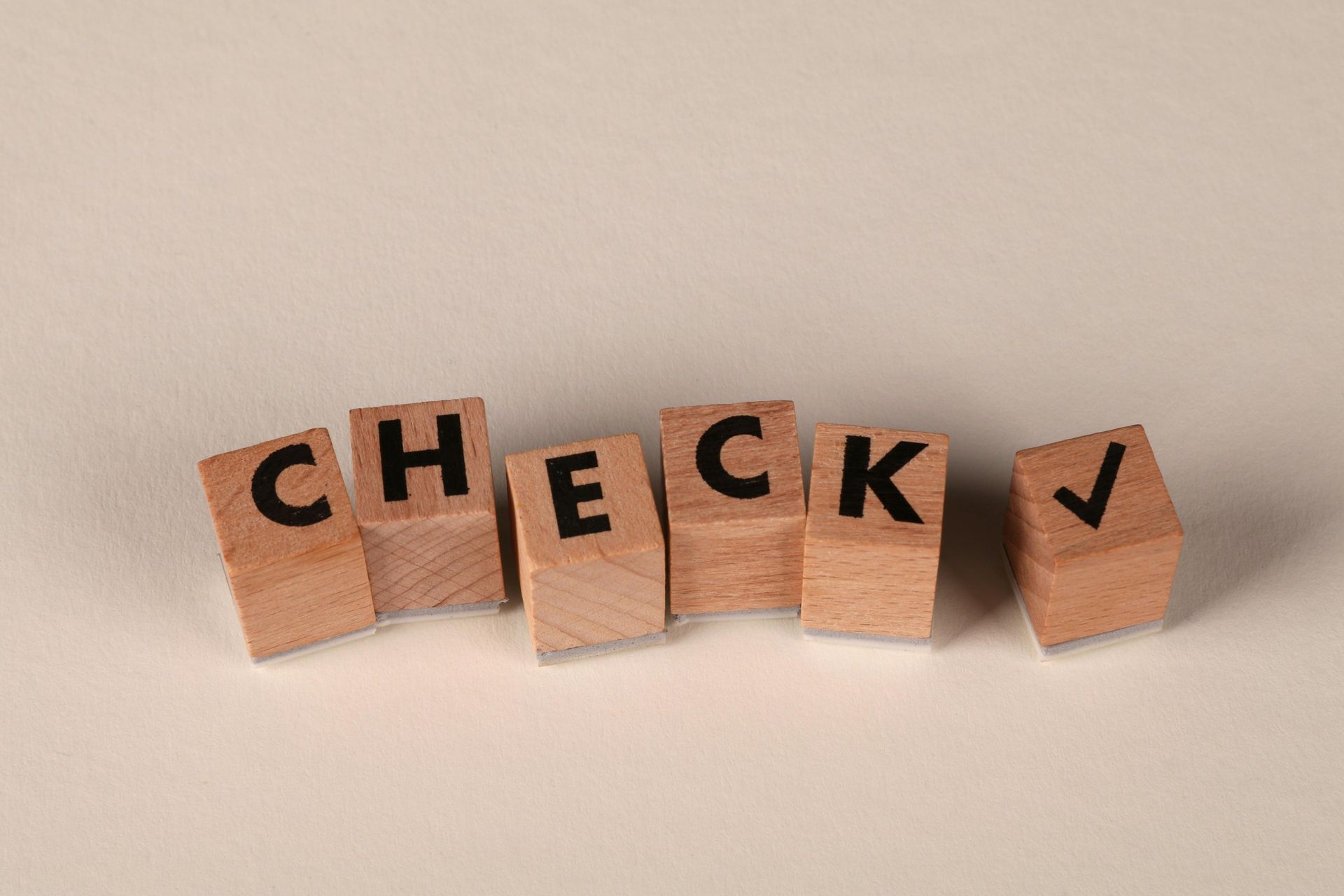Recording Trademark Assignments and The Specific Rules That Govern
ATTORNEYS IN DALLAS
The process of recording trademark assignments with the USPTO, the Electronic Trademark Assignment System (ETAS), fees, cancellation requests, automatic updates, and more.
Recording Trademark Assignments and The Specific Rules That Govern
The Assignment Recordation Branch of the United States Patent & Trademark Office (USPTO) is responsible for recording trademark assignments. To request the recording of assignments, applicants can use the Electronic Trademark Assignment System (ETAS). A trademark applicant can create a trademark assignment recordation coversheet and submit it through the system. Supporting legal documentation must also be provided to validate the assignment. The recorded assignment information becomes a public record. The official filing fee for recording a trademark assignment is $40.00 for the first trademark application or registration and $25.00 for subsequent trademarks owned by the same trademark owner.
If an error occurs during the filing of a trademark assignment, it may be possible to contact the Assignment Division to suspend the recordation if it hasn't been filed yet. The applicant would need to submit a written request for cancellation and a refund of the filing fee. Once the assignment has been recorded, it cannot be cancelled. However, if the error was made by the USPTO, the Assignment Division may rectify it without charging a fee. To correct assignment records, trademark owners must follow the procedure outlined in the Trademark Manual of Examining Procedure (TMEP) §§503.06-503.06(d).
Recording a document with the Assignment Branch does not automatically change or update the ownership information in the USPTO database. There are specific circumstances where ownership information may be updated automatically, such as assignment of the entire interest and goodwill, name changes, mergers, or nunc pro tunc assignments. In these cases, it is unnecessary for the trademark owner to inform the USPTO or request a new certificate of registration. However, in all other situations, the owner must file a written notification with the trademark office to update the ownership information in the database.
Trademark Database and Last Recorded Owner
The Trademark Database displays the last recorded owner. If you need more information regarding the chain of title, you can consult the Assignment Branch Database. Examining attorneys are required to review assignment records to ensure that the owner of record in the Trademark Database has a clear chain of title. Further details about this issue can be found in TMEP §504. Trademark owners can independently research assignments to check if the Trademark Database has been updated by visiting TARR (Trademark Application and Registration Retrieval).
Timing of Recording of Trademark Ownership Information
If an update to the ownership information is required prior to registration, a written request should be submitted to the examining attorney. If an assignment occurs after publication, it will be handled according to the rules for amendments after publication. If the request is made between the issuance of the Notice of Allowance and the filing of the Statement of Use, it will be addressed during the evaluation of the Statement of Use.
Lastly, if an assignment is recorded after registration, the Post Registration Division will not update the Trademark Database unless: (1) the registrant files a written request for amendment under Section 7(d) of the Trademark Act or (2) the owner takes action to file a §8 affidavit or §9 renewal application. Even if the registrant is only interested in updating the Trademark Database without obtaining a new registration certificate, they must still file the Section 7 Request.
Restriction on Automatic Ownership Updates in Trademark Database
There are additional restrictions on automatic updates. The Trademark Database will not update automatically during the following periods: (1) between approval for publication and issuance of registration; (2) between approval of publication and issuance of notice of allowance; (3) between approval of registration and issuance of registration; (4) if the maximum number of ownership changes has occurred during certain time periods. For example, before publication, up to nine changes of ownership are allowed, and between publication and registration, up to nine additional changes of ownership are permitted.
- 66(a) Applications
- Abandoning a Trademark Application or Withdrawing a TTAB Proceeding
- Abandonment and Nonuse
- Abbreviations as Trademarks
- Accelerated Case Resolutions
- Acquired Secondary Trademark Meaning
- Amending Trademark Application
- Assigning a Trademark
- Assigning a Trademark and the Intent to Use Application
- Avoiding Fraud on Trademark Applications
- Avoiding Trademark Litigation
- Basis for Filing a Trademark
- Benefits of Registering a Trademark
- Bona Fide Intent to Use
- Celebrity Trademarks
- Challenging the Relatedness Factor
- Challenging Trademark Rights
- Claims in a Notice of Opposition
- Co-Existence Agreements
- Common Law Trademarks in the Internet Era
- Common Law Use and Priority
- Conflicting Marks
- Consent Agreements
- Constructive Use Priority
- Dates of Use
- Defenses in Opposition and Cancellation Proceedings
- Descriptive or Generic Trademarks
- Design Marks
- Design Trademarks
- Determining Trademark Similarities
- Discovery in TTAB Proceedings
- Dividing a Trademark Application
- Drawing Page
- Electronic Display Specimens for Trademarks
- Evidence in TTAB Proceedings
- Evidence of Acquired Distinctiveness
- Expediting Trademark Cancellation for Nonuse or Abandonment
- Extending Time to Oppose
- Factors of a Likelihood of Confusion Analysis
- False Suggestions of Connection
- Famous Trademarks and Likelihood of Confusion and Dilution
- Filing an Opposition or Cancellation Proceedings
- First Sale Doctrine
- Five Years of Use
- Foreign Trademark Rights
- Generic Trademarks
- Geographic Trademarks
- Hiring Trademark Counsel
- Immoral and Scandalous Trademarks
- Incontestability of U.S. Trademarks
- International Trademark Filings
- Joint Trademark Ownership
- Lawful Use of a Trademark in Commerce
- Likelihood of Confusion Analysis
- Likelihood of Confusion Refusal
- Merely Descriptive Trademarks
- Multiple Bases for a Trademark Application
- Overcoming and Ornamentation Trademark Refusal
- Personal Name Trademarks
- Principal and Supplemental Registers
- Protecting Single Creative Works
- Recording Trademark Assignments
- Refusal of a Trademark
- Refusing a Trade Dress Application
- Registering a Certification Trademark
- Registering a Service Mark
- Registering a Trademark That Lacks Inherent Distinctiveness
- Registering an International Trademark
- Relatedness of Goods or Services
- Request for Reconsideration in Trademark Office Action
- Requirements for International Trademark Application
- Revive an Abandoned Trademark Application
- Secondary Meaning
- Source Confusion
- Special Trademark Applications
- Standard Character and Special Format Marks
- Standing in Opposition and Cancellation Proceedings
- State Trademark Registration
- Statement of Use Extensions
- Tacking Doctrine
- Technical Trademark Use
- The Supplemental Register
- Trade Dress
- Trade Dress Application
- Trademark Application
- Trademark Clearance Searches
- Trademark Disclaimers
- Trademark Licensing
- Trademark of Authors, Performing Artists, and Characters
- Trademark Ownership
- Trademark Protection In Texas
- Trademark Settlements
- Trademark Specimens
- Trademark Specimens
- Trademark Use by Related Company
- Trademark Use in Advertising
- Trademark Use in Commerce
- Trademarking a Distinctive Mark
- Trademarking a Hashtag
- Trademarks for Musical Artists
- TTAB Discovery Rules
- TTAB Proceedings
- U.S. Service Mark
- U.S. Trade Dress
- Understanding Trade Channels
- Unitary U.S. Trademark
- Universal Symbols as Trademarks
- Using Secondary Sources
- What is an Ex Parte Appeal?
- Where to Register a Trademark
- Who Must File a Trademark?
Contact an Experienced Trademark Attorney
If you need legal advice regarding your trademark rights, assistance with trademark prosecution, or representation in a domain name dispute, contact Wilson Whitaker Rynell. Our team of trademark lawyers has extensive experience in all aspects of trademark and copyright law, including the filing of trademark applications and representing clients in defense or prosecution before the Trademark Trial and Appeal Board.
CLIENT MATTERS
5,000+
YEARS OF SERVICE
25+
Award Winning
Recognized in the legal industry as dedicated board-certified lawyers and Rising Stars.
Expert Team
Your project will be handled by legal experts every time. You will have the most experienced attorneys working for you.
Quality Representation











